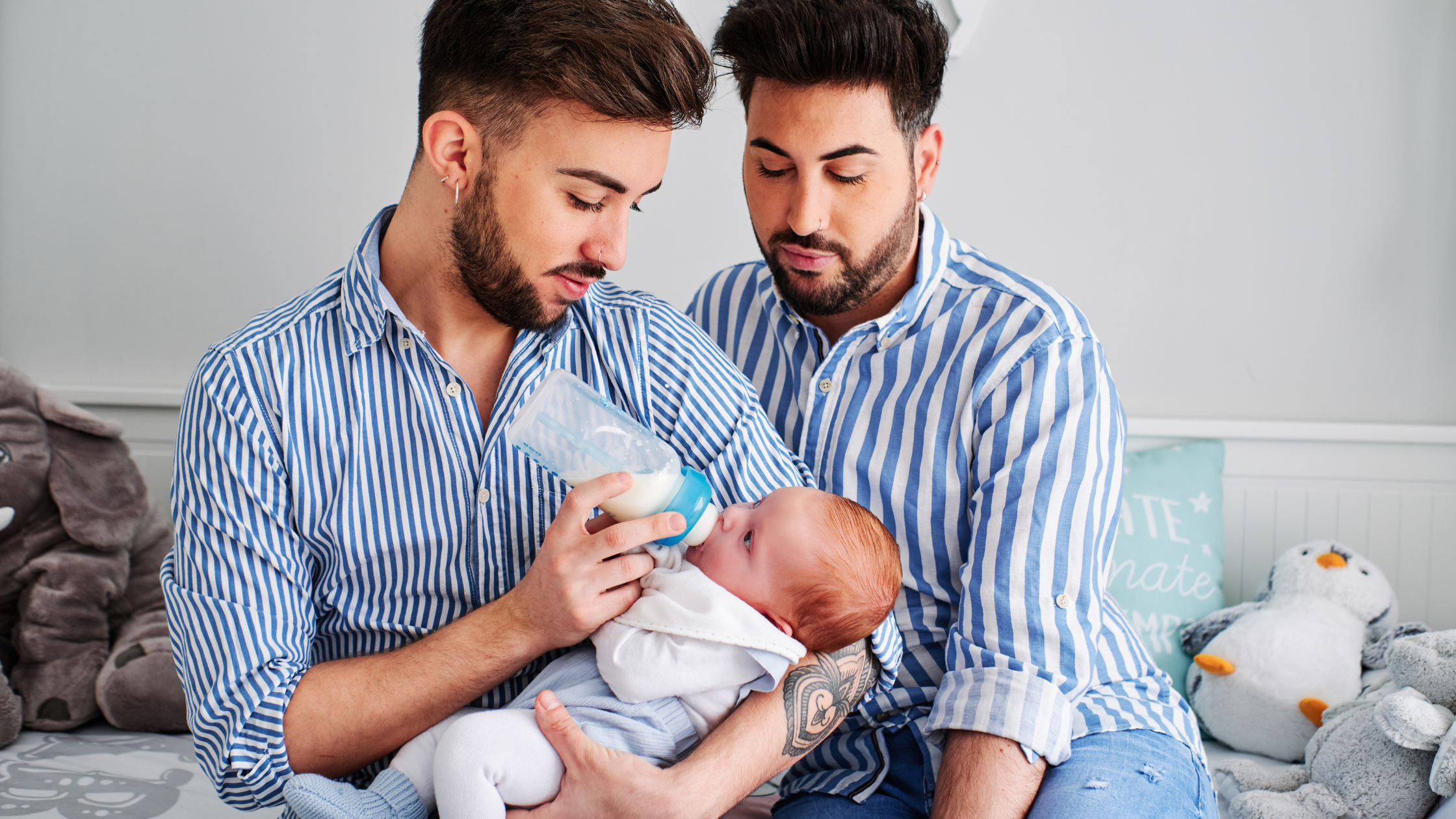LGBTQIA2S+ Family Building Options
There are many options for those pursing parenthood in the LGBTQIA2S+ community.
LGBTQIA2S+ Family Building Options
Today, there are more avenues than ever before for LGBTQIA2S+ individuals and couples to build their families. The world of fertility has adapted to embrace and support the unique needs of this community, providing a diverse array of options for those looking to start or expand their families. This article explores these various family-building pathways and highlights how fertility treatments and support networks are increasingly inclusive and supportive for LGBTQIA2S+ people.
Understanding Family Building Options
Family building for LGBTQIA2S+ individuals often involves navigating a range of medical, legal, and emotional pathways. Whether through adoption, surrogacy, donor conception, or other assisted reproductive technologies (ART), there are many ways to pursue parenthood.
1. Adoption
Adoption is a wonderful option for LGBTQIA2S+ individuals and couples wanting to provide a loving home to a child. Here’s how it works:
Domestic Adoption: This involves adopting a child within one's own country. Many agencies and adoption facilitators are LGBTQIA2S+ friendly and support single and partnered prospective parents.
International Adoption: While some countries have restrictions on LGBTQIA2S+ adoptions, others are more inclusive. It’s crucial to research the laws and policies of the specific country from which you wish to adopt.
Foster-to-Adopt: This option involves fostering a child with the possibility of adopting them later. It’s a path that can lead to adoption and offers the opportunity to support children in need of temporary or permanent homes.
2. Surrogacy
Surrogacy allows LGBTQIA2S+ individuals and couples to have a biological connection to their child. There are two main types of surrogacy:
Traditional Surrogacy: The surrogate uses her own egg which is fertilized with the father's or donor's sperm via artificial insemination. As a result, the surrogate mother is biologically related to the child she carries. This method is less common due to legal and emotional complexities.
Gestational Surrogacy: Here, the surrogate carries a child conceived using the egg and sperm of donors or the intended parents, meaning she has no genetic ties to the child. This is a popular option as it allows for a biological connection without the surrogate being the genetic mother.
3. Sperm and Egg Donation
For LGBTQIA2S+ couples where both partners cannot contribute genetically to the child, donor sperm or eggs are often used:
Sperm Donation: Gay couples or single women often use donor sperm to conceive via insemination or IVF. Sperm can be obtained from a known donor or through a sperm bank.
Egg Donation: Lesbian couples or single men can use donor eggs. The eggs are typically fertilized using sperm from one partner or a donor and then implanted in the uterus of the intended parent or a surrogate.
4. In Vitro Fertilization (IVF)
IVF is a common fertility treatment that involves combining eggs and sperm outside the body in a lab and then implanting the resulting embryo into the uterus. It offers several options for LGBTQIA2S+ individuals and couples:
Reciprocal IVF: Particularly popular among lesbian couples, this involves one partner providing the egg while the other carries the pregnancy, allowing both to have a role in the biological and gestational process.
Co-IVF: This allows both partners to contribute genetically. One partner's egg is fertilized and the embryo is implanted into the other partner's uterus, creating a shared biological connection to the child.
5. Known Donors
Known Donors: Some choose to use a sperm or egg donor they know personally. This option can provide more information about the donor and potentially allow the child to have a relationship with them.
Navigating the Legal Landscape
Legal considerations are crucial in LGBTQIA2S+ family building. Laws vary widely by region and can affect everything from adoption rights to parental recognition in surrogacy arrangements. It's essential to work with legal professionals experienced in family law for the LGBTQIA2S+ community to ensure all legal aspects are covered.
Parental Rights: Establishing legal parentage is critical, especially in cases involving surrogacy or donor conception. This may require legal processes like second-parent adoption or pre-birth orders.
Marital Status: Some jurisdictions have different requirements for married versus unmarried couples. Understanding these laws can help in planning the family-building journey.
Additional Considerations
There are specific fertility clinics, agencies, and support networks supporting the needs of LGBTQIA2S+ families:
LGBTQIA2S+ Friendly Clinics: Many fertility clinics now specialize in or have dedicated programs for LGBTQIA2S+ individuals and couples, providing tailored support and services.
Community Support: Organizations like Family Equality, Men Having Babies, and Rainbow Families offer resources, support, and advocacy for LGBTQIA2S+ family building.
Medical Disclaimer: The information provided in this blog is intended for general informational purposes only and should not be considered as a substitute for professional medical advice, diagnosis, or treatment. Always seek the advice of your healthcare provider or qualified medical professional with any questions you may have regarding a medical condition. Never disregard professional medical advice or delay in seeking it because of something you have read in this blog.


